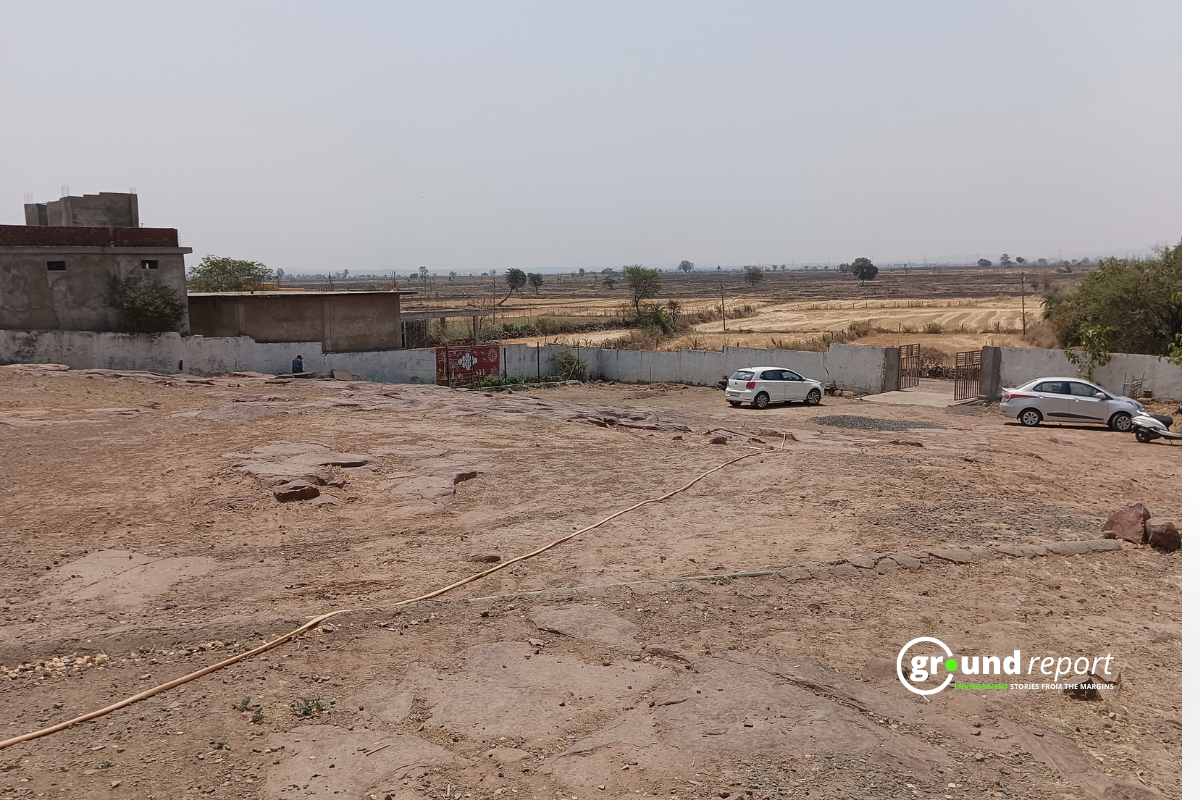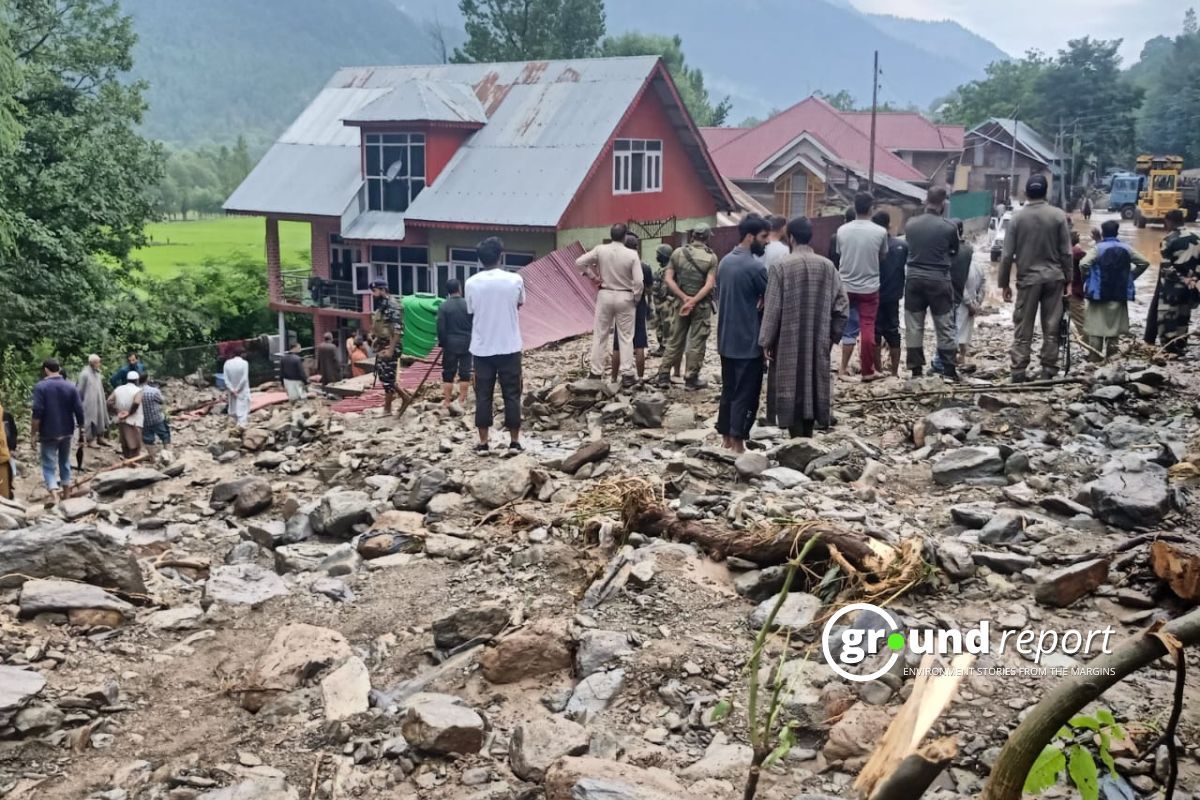Botanical gardens, such as Kew Gardens in London or Gardens by the Bay in Singapore, are not only beautiful places to visit, but also effective ways to reduce the urban heat island effect, according to a new study by the University of Surrey and other institutions.
Botanical gardens cool urban areas
The study, published in the journal The Innovation, analysed how different types of green spaces and waterways can lower the air temperature in cities and towns during heatwaves, which are becoming more frequent and intense due to climate change.
The researchers used satellite images and historical data to monitor the changes in the ice fields of Africa over the past two decades. They found that the glaciers have shrunk by more than 50% since the 2000s, and projected that they will disappear by 2050 if the current trends continue.
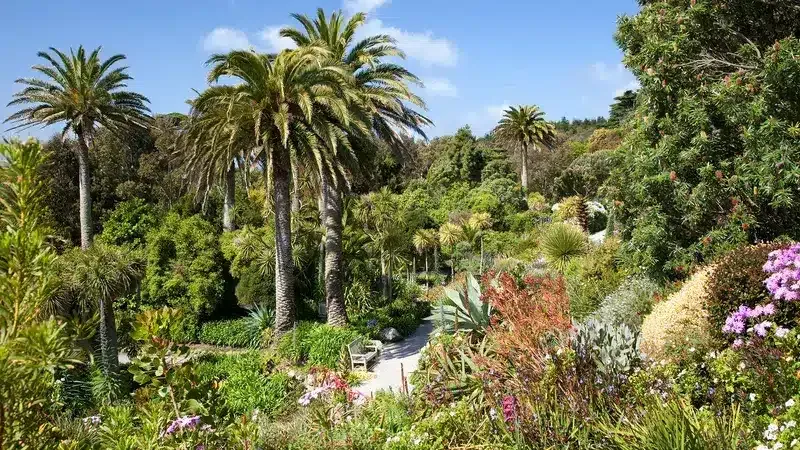
The study compared the cooling effects of various green and blue infrastructures, such as parks, wetlands, rain gardens, green walls, street trees, city farms, reservoirs, playgrounds, and botanical gardens. They also considered the local factors, such as the size, shape, location, and vegetation of the green spaces, and the climatic conditions, such as the temperature, humidity, wind, and solar radiation.
The study found that botanical gardens were the most effective green spaces to cool down the air, with an average cooling effect of 5°C, and a range of 2.2°C to 10°C.
Wetlands and rain gardens were also very effective, with an average cooling effect of 4.7°C and 4.5°C, respectively. Green walls, street trees, and city farms had an average cooling effect of 4.1°C, 3.8°C, and 3.5°C, respectively.
Parks had an average cooling effect of 3.2°C, but it increased with the size of the park, up to a certain limit. Reservoirs and playgrounds had the lowest cooling effect, with an average of 2.9°C each.
Average temperature reductions
| FEATURE: | AVERAGE COOLING EFFECT: | VARIATION: |
| Botanical gardens | -5.0°C | -2.2°C to -10°C |
| Wetlands | -4.7°C | -1.2°C to -12°C |
| Rain gardens | -4.5°C | -1.3°C to -7°C |
| Green walls | -4.1°C | -0.1°C to -18°C |
| Street trees | -3.8°C | -0.5°C to -12°C |
| City farms | -3.5°C | -3.0°C to -3.9°C |
| Parks | -3.2°C | -0.8°C to -10°C |
| Reservoirs | -2.9°C | -1.8°C to -5°C |
| Playgrounds | -2.9°C | -2.8°C to -3°C |
Mechanisms behind cooling effects of green
The study also explained the mechanisms behind the cooling effects of green and blue infrastructures. They include:
- Shading: Trees and other plants can provide shade and reduce the exposure of the surface and the air to the solar radiation, which is the main source of heat in urban areas.
- Evapotranspiration: Plants and water can evaporate water and release it into the air, which can lower the air temperature and increase the humidity.
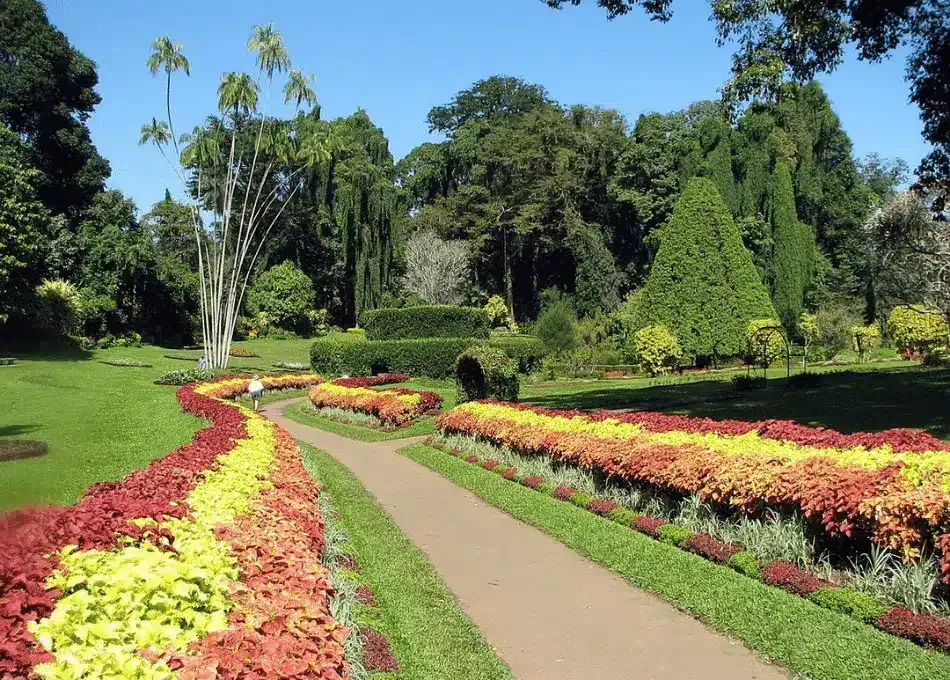
- Albedo: Light-coloured surfaces, such as water or grass, can reflect more solar radiation than dark-coloured surfaces, such as asphalt or concrete, which can reduce heat absorption and emission.
- Ventilation: Open spaces, such as parks or wetlands, can facilitate air circulation and wind flow, which can enhance heat exchange and evaporation.
The study also highlighted the benefits of green and blue infrastructures for the environment, wildlife, and people. The green and blue infrastructures can provide water supply, hydroelectric power, flood control, carbon sequestration, air quality improvement, biodiversity conservation, and tourism attraction.
Green, blue infra guidelines recommended
The study also suggested some guidelines for the optimal design and implementation of green and blue infrastructures, such as:
- Obtaining the consent and participation of the local communities and stakeholders, who can provide valuable insights and feedback on the needs and preferences of the users.
- Considering the site-specific factors, such as the climate, the topography, the soil, the vegetation, and the existing infrastructure, can affect the performance and the maintenance of the green and blue infrastructures.
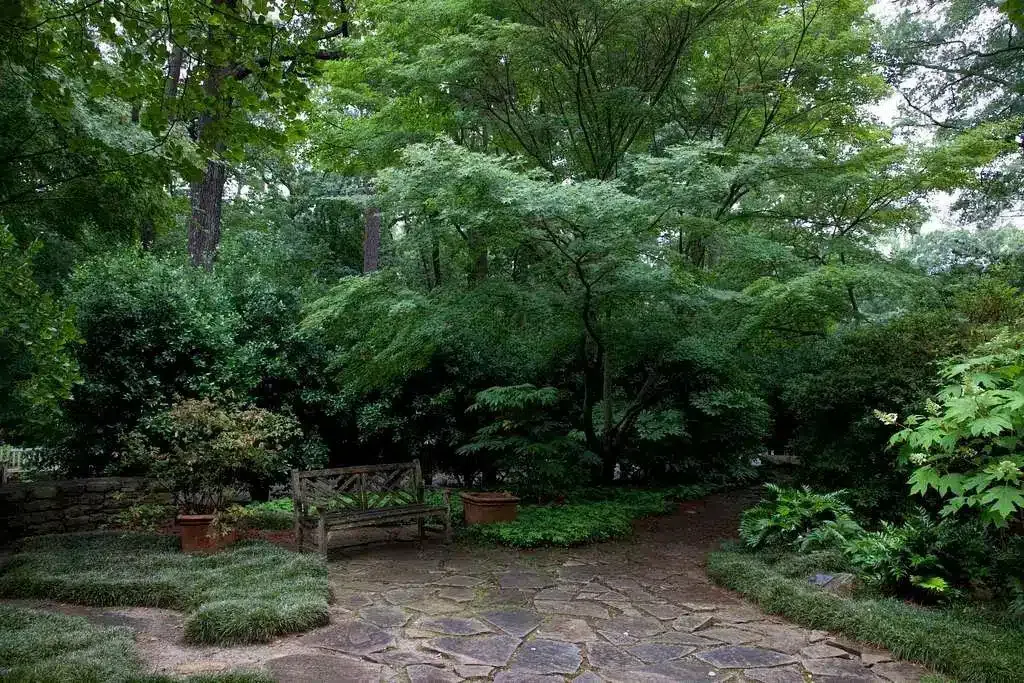
- Integrating the green and blue infrastructures with the urban planning and transport systems can enhance the connectivity and accessibility of the green and blue spaces.
- Monitoring and evaluating the impacts and the outcomes of the green and blue infrastructures can provide evidence and feedback for the improvement and adaptation of the green and blue spaces.
Green spaces cool cities naturally
Professor Prashant Kumar, director of Surrey’s Global Centre for Clean Air Research (GCARE), said: “We have known for some time that green spaces and water can cool cities down. However, this study provides us the most comprehensive picture yet. What’s more – we can explain why. From trees providing shade, to evaporating water cooling the air.”
He added: “This will help town planners around the world confront the challenges of global heating. By implementing just some of the measures we describe, cities can become more resilient, and their citizens can be healthier and happier too.”
Maria de Fatima Andrade, professor at the Atmospheric Sciences Department at the University of Sao Paulo, Brazil, who contributed to the paper, said: “Our paper confirms just how many ways there are to keep cool. But it also reveals how much work is left to do. Institutions around the world need to invest in the right research – because what’s very clear from our study is that there is no one-size-fits-all solution. It depends on what works for your community.”
Keep Reading
Part 1: Cloudburst in Ganderbal’s Padabal village & unfulfilled promises
India braces for intense 2024 monsoon amid recent deadly weather trends
Support us to keep independent environmental journalism alive in India.
Follow Ground Report on X, Instagram and Facebook for environmental and underreported stories from the margins. Give us feedback on our email id greport2018@gmail.com.
Don’t forget to Subscribe to our weekly newsletter, Join our community on WhatsApp, and Follow our YouTube Channel for video stories.


